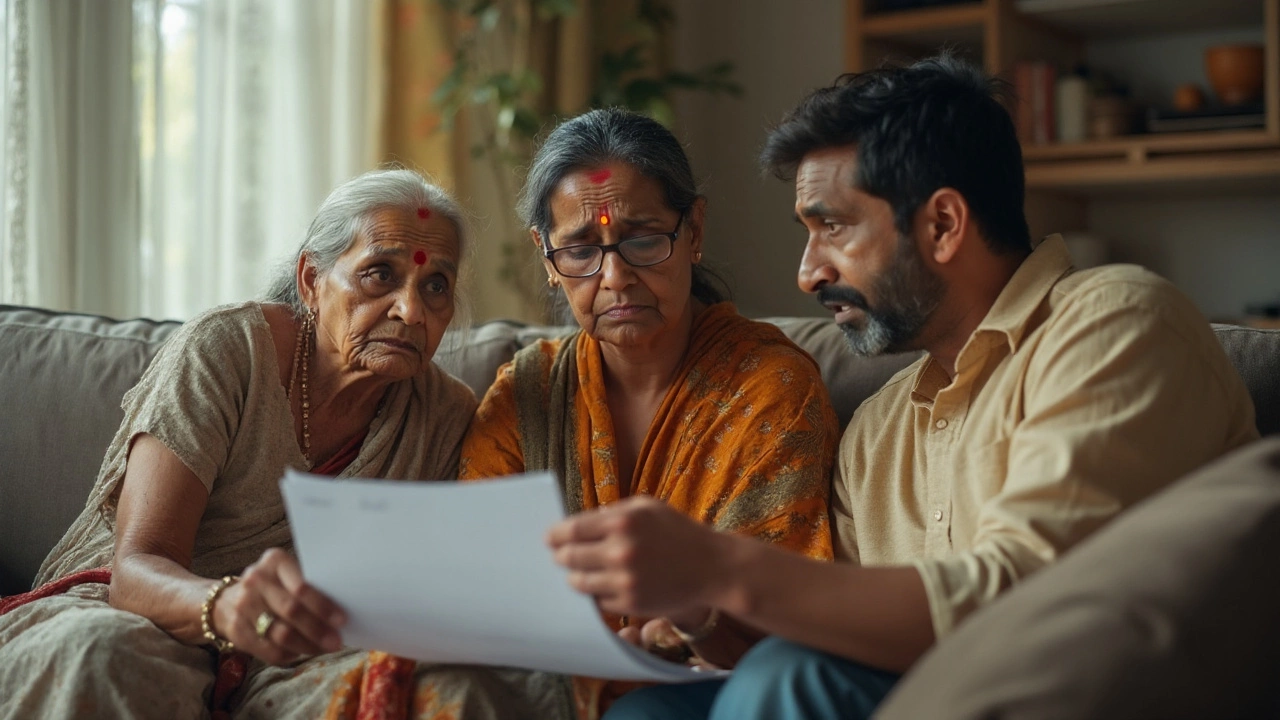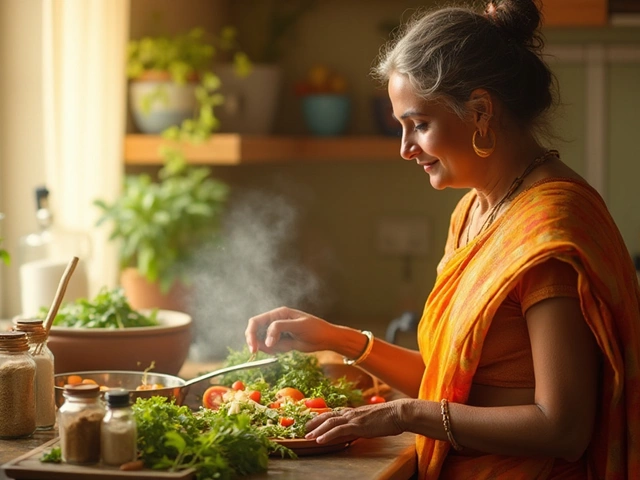Cancer Risks: What Raises Your Odds and How to Cut Them Down
Everyone hears that cancer is scary, but the risk isn’t a mystery. It boils down to a handful of habits, exposures, and genetic bits you can recognize and act on. Below we break the biggest risk drivers into clear groups and give you simple steps you can start today.
What Increases Your Cancer Risk?
Tobacco use tops the list. Smoking cigarettes, chewing tobacco, or even exposure to second‑hand smoke adds a huge load of carcinogens to your lungs, mouth, and bloodstream. If you’re still lighting up, quitting is the single most powerful move you can make.
Alcohol also raises risk for several cancers, especially liver, breast, and throat. The more you drink, the higher the odds. Cutting back to a few drinks a week or going alcohol‑free can shrink that number dramatically.
Poor diet isn’t just about weight. Processed meats, sugary drinks, and low fruit‑vegetable intake feed inflammation and DNA damage. Swapping bacon for grilled fish, adding a handful of berries daily, and choosing whole grains give your cells a better fighting chance.
Physical inactivity leaves your hormones and immune system out of balance. Even a brisk 30‑minute walk most days boosts circulation and helps the body clear abnormal cells before they grow.
Weight gain especially around the belly, raises risk for breast, colon, and pancreatic cancers. Maintaining a healthy BMI through diet and exercise trims that risk.
Environmental exposures such as UV radiation, radon gas, asbestos, and certain chemicals add DNA errors. Wearing sunscreen, testing your home for radon, and avoiding known industrial toxins are practical safeguards.
Family history and genetics can’t be changed, but they guide early screening. If close relatives had cancer, talk to your doctor about earlier or more frequent tests.
How to Lower Your Risk Today
Start with the easiest win: stop smoking. Use nicotine patches, gum, or a quit‑line for support. If you’re not ready for a full quit, at least limit the number of cigarettes and avoid indoor smoking.
Next, add a daily dose of fruits and veggies. Aim for at least five servings – think a banana with breakfast, a salad at lunch, and a stir‑fry for dinner.
Get moving. Even moderate activity like walking your dog, cycling to work, or dancing in the living room for 20‑30 minutes counts. Consistency beats intensity for long‑term risk reduction.
Protect your skin. Apply SPF 30+ sunscreen every morning, reapply after swimming, and wear hats when you’re out for long periods. This simple habit cuts skin cancer risk dramatically.
Limit alcohol. If you do drink, stick to one drink for women and two for men per day. Better yet, pick non‑alcoholic alternatives on social nights.
Know your family’s health story. Write down any cancers diagnosed in first‑degree relatives and share it with your doctor. That information can trigger earlier colonoscopies, mammograms, or genetic counseling.
Finally, schedule regular check‑ups. Routine screenings for breast, cervical, colon, and prostate cancers catch problems early when treatment works best. Ask your physician which tests fit your age, gender, and risk profile.
Reducing cancer risk isn’t about flipping a switch overnight. It’s a series of small, doable changes that add up. Pick one habit to improve this week, then build on it. The more proactive you are, the lower your odds of facing a cancer diagnosis.






